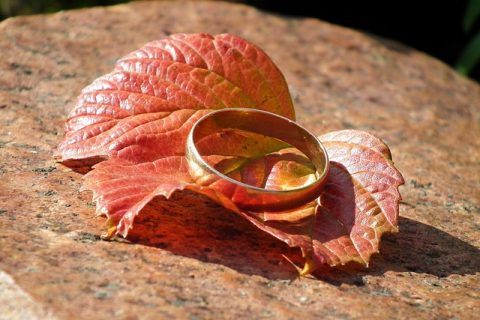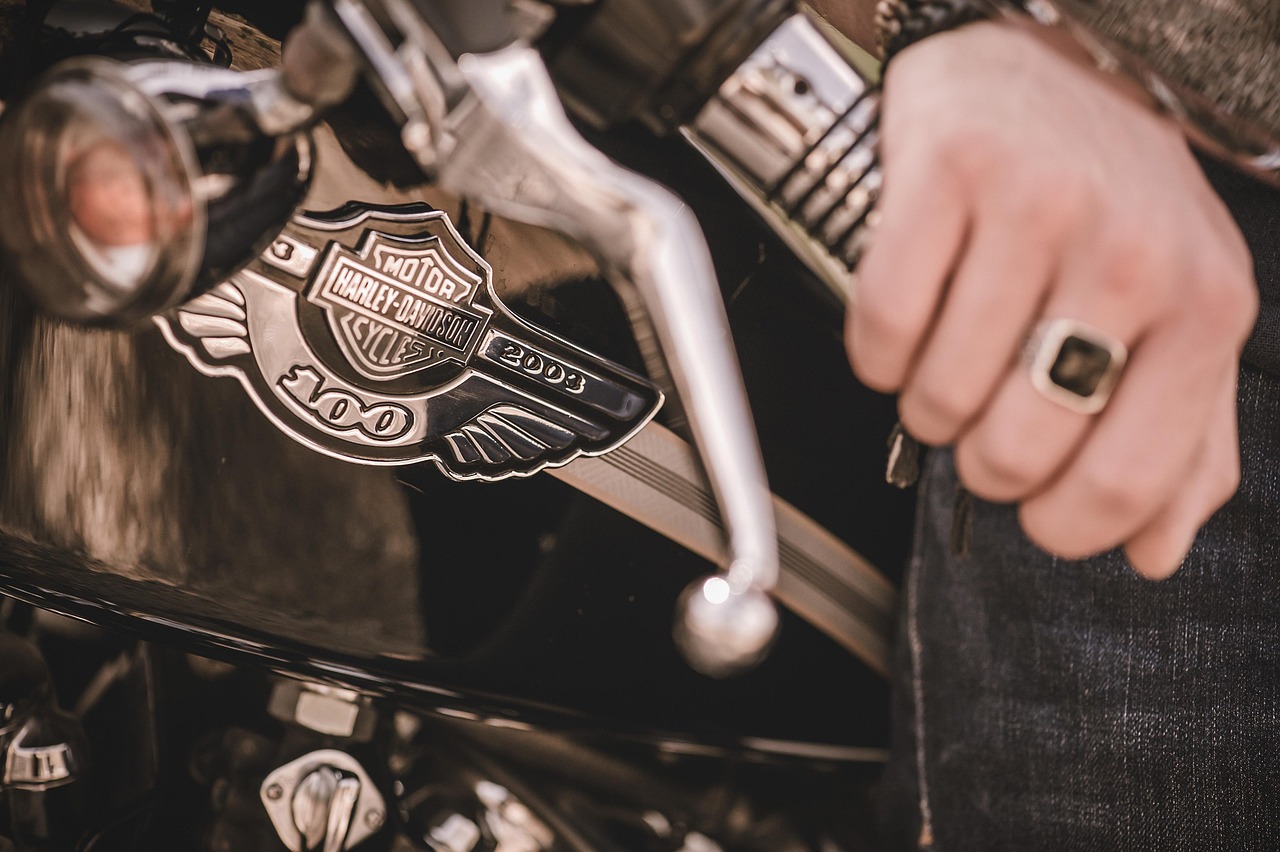Finding the right ring size is essential when buying jewelry, especially if you want your ring to fit comfortably and look great. At Skull Exile, we know how important it is to get the perfect fit, whether you’re picking a bold skull ring or a subtle band. This guide will walk you through everything you need to know about measuring your ring size accurately at home or with professional help.
Why Getting the Right Ring Size Matters
A ring that is too tight can be uncomfortable, restrict blood flow, and be difficult to remove. On the other hand, a ring that is too loose risks falling off and getting lost. Getting your ring size right ensures your jewelry fits comfortably for daily wear and stays securely in place.
Common Ring Sizing Systems
Ring sizes vary depending on the country or region. Here are the most common systems you might encounter:
- US/Canada: Uses numbers like 5, 6, 7, etc., often with half sizes.
- UK/Australia: Uses letters from A to Z with half sizes.
- Europe: Uses millimeters indicating the inner circumference of the ring.
- Japan: Uses numbers based on the inner diameter in millimeters.
How to Measure Your Ring Size at Home
You don’t always need a jeweler to find your ring size. With some simple tools and careful measurement, you can do it yourself. Here are three popular methods:
1. Using a String or Paper Strip
- Cut a thin strip of paper or a piece of string about 6 inches long.
- Wrap it snugly around the base of your finger where you plan to wear the ring.
- Mark the point where the ends meet with a pen.
- Measure the length of the strip or string in millimeters.
- Use a ring size chart to convert this measurement to your ring size.
2. Measuring a Current Ring
- Find a ring that fits the finger you want to size.
- Measure the inside diameter of the ring with a ruler or caliper.
- Match the diameter to a size chart to find your ring size.
3. Printable Ring Sizer Tools
- Download a ring sizer chart from reputable jewelry websites.
- Print the chart at 100% scale (make sure printing settings don’t resize the document).
- Place your existing ring over the circles on the chart to find the best match.
Tips for Accurate Measurement
- Measure your finger at the end of the day when it is largest.
- Avoid measuring fingers when cold, as they can shrink and give smaller readings.
- Measure the finger multiple times to ensure consistency.
- If your knuckle is larger than the base of your finger, measure both and choose a size in between.
Ring Size Conversion Chart
| US Size | UK Size | Inner Diameter (mm) | Inner Circumference (mm) |
|---|---|---|---|
| 5 | J | 15.7 | 49.3 |
| 6 | L | 16.5 | 51.9 |
| 7 | N | 17.3 | 54.4 |
| 8 | P | 18.1 | 57.0 |
| 9 | R | 18.9 | 59.5 |
| 10 | T | 19.8 | 62.1 |
When to Get Professionally Measured

If you want the most precise measurement, especially for custom rings or rings with intricate designs, visiting a jeweler is the best choice. Professional ring sizers ensure your size is exact and can also advise on style and comfort.
Other Factors That Affect Ring Size
- Finger swelling: Fingers tend to swell in warm weather or after physical activity.
- Dominant hand: The dominant hand’s fingers are often slightly larger.
- Weight fluctuations: Weight gain or loss can change finger size.
Conclusion
Choosing the right ring size is a key step in enjoying your jewelry without hassle. Taking your time with measurements and considering factors like finger shape and daily fluctuations will help you pick the perfect fit. Whether you’re rocking a heavy skull ring or a sleek band, Skull Exile wants you to wear your jewelry with confidence and comfort.



